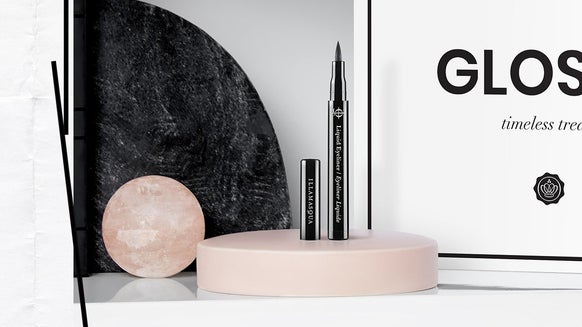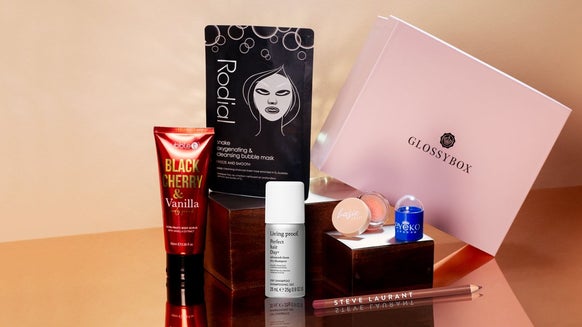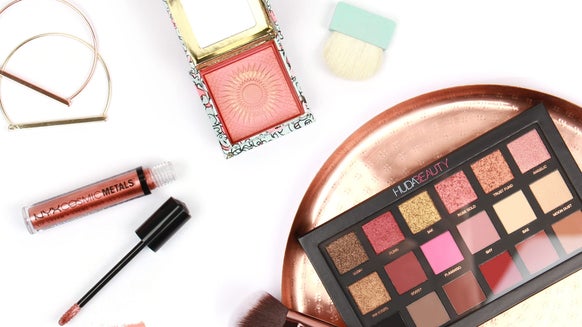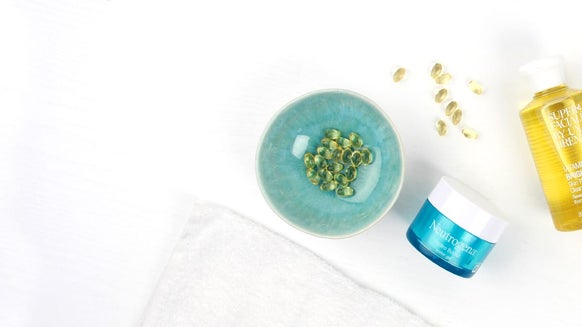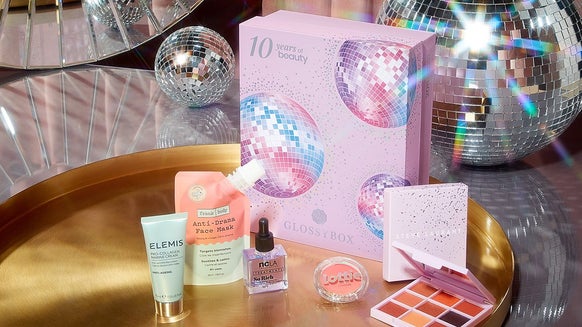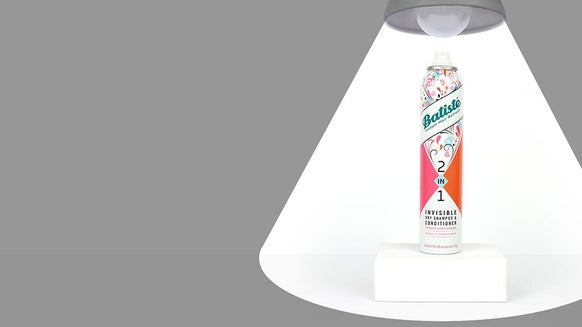#nofilter: The Truth About Cellulite And What To Do About It
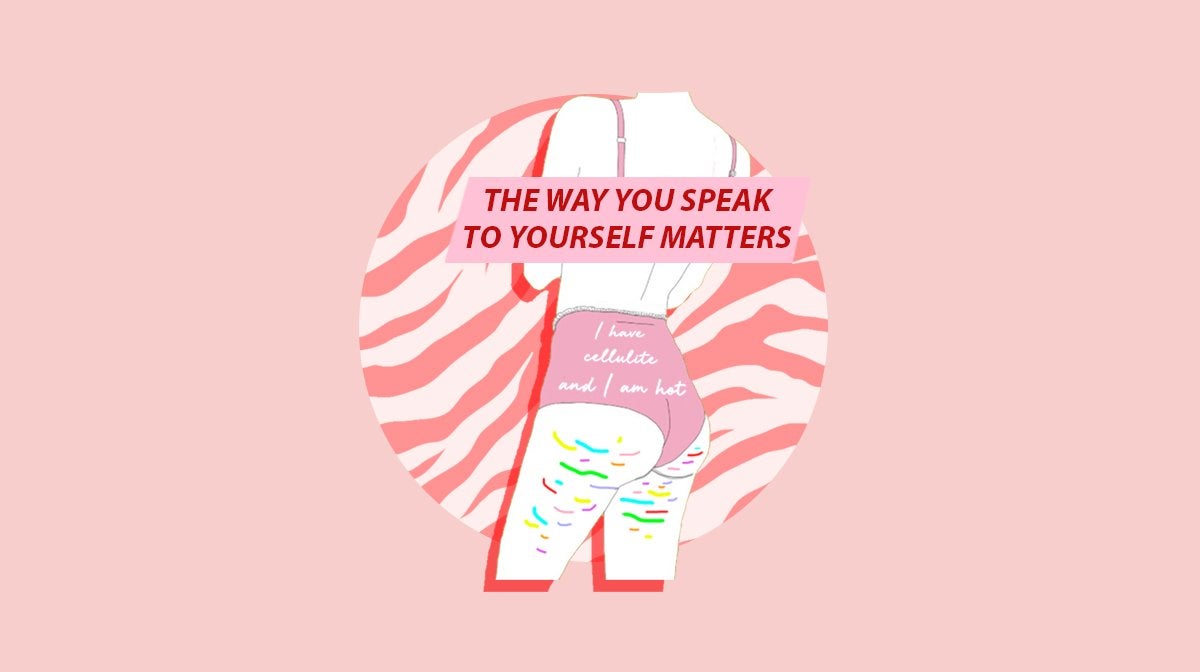
Cellulite is absolutely nothing to be ashamed of and yet we are (almost) all obsessed and self-conscious about it. So, if you feel insecure about those dimples on your thighs, then keep reading. We’re laying out the truth about cellulite and revealing what you can (and can’t) do about it.
Cellulite Is Natural
There are a lot of misconceptions about cellulite. Many people (wrongly!) believe that it’s due to your weight, a lack of exercise, or poor diet. What they don’t understand, though, is that cellulite is pretty inevitable if you’re a woman (more on that below).
What Is Cellulite?
So, what is cellulite? It’s caused by the small fat cells underneath our skin. When these cells expand (due to varying factors, including your hormonal cycle, your age and your genes), they push through the layers of connective tissue under your skin. Meanwhile, the fibres that connect your muscle tissue to your skin don’t relax. So, while the fat cells push up against your skin, the connecting muscle fibres pull it down. This then creates an uneven, dimpled effect.
All Women Have Cellulite
I’d also like to stress that cellulite can appear regardless of body type or shape. Whether you’re a size 6 or a size 16, you’re likely to have cellulite on your thighs, bum, stomach and even your upper arms. Genetics comes into play a lot, so if your mum has a lot of cellulite, chances are you will do too.
Most Men Don’t - But That’s Just Due To Their Anatomy
One of the biggest myths surrounding cellulite is that it gets trapped by toxins. Have you ever been told that it’s caused by that chocolate bar you had as a snack? Or that glass of wine you enjoyed with dinner? Well, ignore it. Men have very little (if any) cellulite and are generally less careful with their diet and consume more alcohol than women. If it were due to toxins, men would have more cellulite than us.
90% of women and 10% of men have cellulite - it's no big deal
In reality, we women just naturally have larger fat cells and weaker connective tissue than men. Consequently, our fat cells can more easily push against our tissue and create dimples.
There’s Little To Be Done About It – And That’s Okay
So, a quick recap? Women of all shapes and sizes get cellulite because, quite simply, they are women with female hormones and female anatomies. Exercise and diet do come into play, but you shouldn’t let cellulite affect how you feel about your body. I mean, if Kelly Rowland, Hillary Duff and Chrissy Teigen can all post pictures showing their cellulite, surely we can reach that level of body confidence too?
How To Reduce The Appearance Of Cellulite
Now that we’ve set the record straight that there is absolutely nothing wrong with having cellulite, it’s worth recognising that a lot of us do feel self-conscious about it.
If you’re one of those people who would prefer to get rid of it, I’ve got some bad news. While I’d love to be able to tell you that I’ve uncovered some miracle cream that melts cellulite, the reality is that most lotions only act superficially (hint: don’t buy into them). However, there are still ways that you can minimise its appearance:
1. Boost Your Collagen
Yes, that same protein that keeps your skin plump and wrinkle-free can also help to reduce the size of the fat lobules under your skin. Smaller fat cells = less pressure on your skin tissue = less visible cellulite. Eating collagen-boosting foods (like vegetables, berries, herbs and lean protein) is the best way to go.
2. Try Body Brushing
It is well-known that lots of celebrities (I’m looking at you Gwyneth Paltrow) swear by body brushing as a way to reduce cellulite. Whilst the bristles exfoliate your skin, the pressure also helps to stimulate blood circulation, making your skin look smoother and more radiant.
There is little scientific proof that it works long term though. From experience, it’s a quick fix solution that lasts for a night but needs to be done religiously every day to maintain results.
3. Or Use A Body Scrub
A body scrub can have the same effect as body brushing if done right. It exfoliates your skin and, if you apply it in large circular motions, can stimulate your blood flow too. I’d opt for a coffee scrub. The caffeine inside can tighten and plump your skin.
4. Drink More Water
Don’t dismiss this one! While drinking water may seem like one of those throwaway pieces of advice that everyone gives, it can honestly make a difference. Dehydration can cause your skin to become thin and weak, which then makes cellulite show up more.
5. Apply A Firming Moisturiser
As I’ve already warned, you shouldn’t expect any miracles from anti-cellulite creams. What you can use, though, is a firming cream. It will help to strengthen your skin tissue, making it more resistant to those pushy fat cells, which then makes cellulite less noticeable.
6. Keep Active
Exercise should be a part of your routine anyway, but staying active can help you to reduce the appearance of cellulite. You’ll want to do exercises that focus on your thighs and bum (think squats and lunges) or do interval training where you get your heart rate up for short burst. Try a new HIIT class, give the couch to 5K app a go, or dance it out to your favourite song. Even if it doesn’t affect your cellulite, you’ll feel so much better for it.
These six recommendations can obviously only do so much though, so here’s what really matters: look after yourself, drinks lots of water, eat right (most of the time), do some exercise (but only the activities you actually enjoy!) and remember that everyone has cellulite – and that we’re all still beautiful, regardless.
#nofilter
In 2020, I want to openly talk about issues that face every woman every day. This March, we’re talking all things body confidence. You can check out my interview with Lucy Mountain as we talk no-makeup selfies, body-positive messaging and finding a supportive community here. Stay tuned for more!

